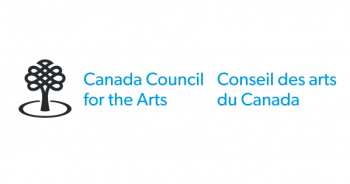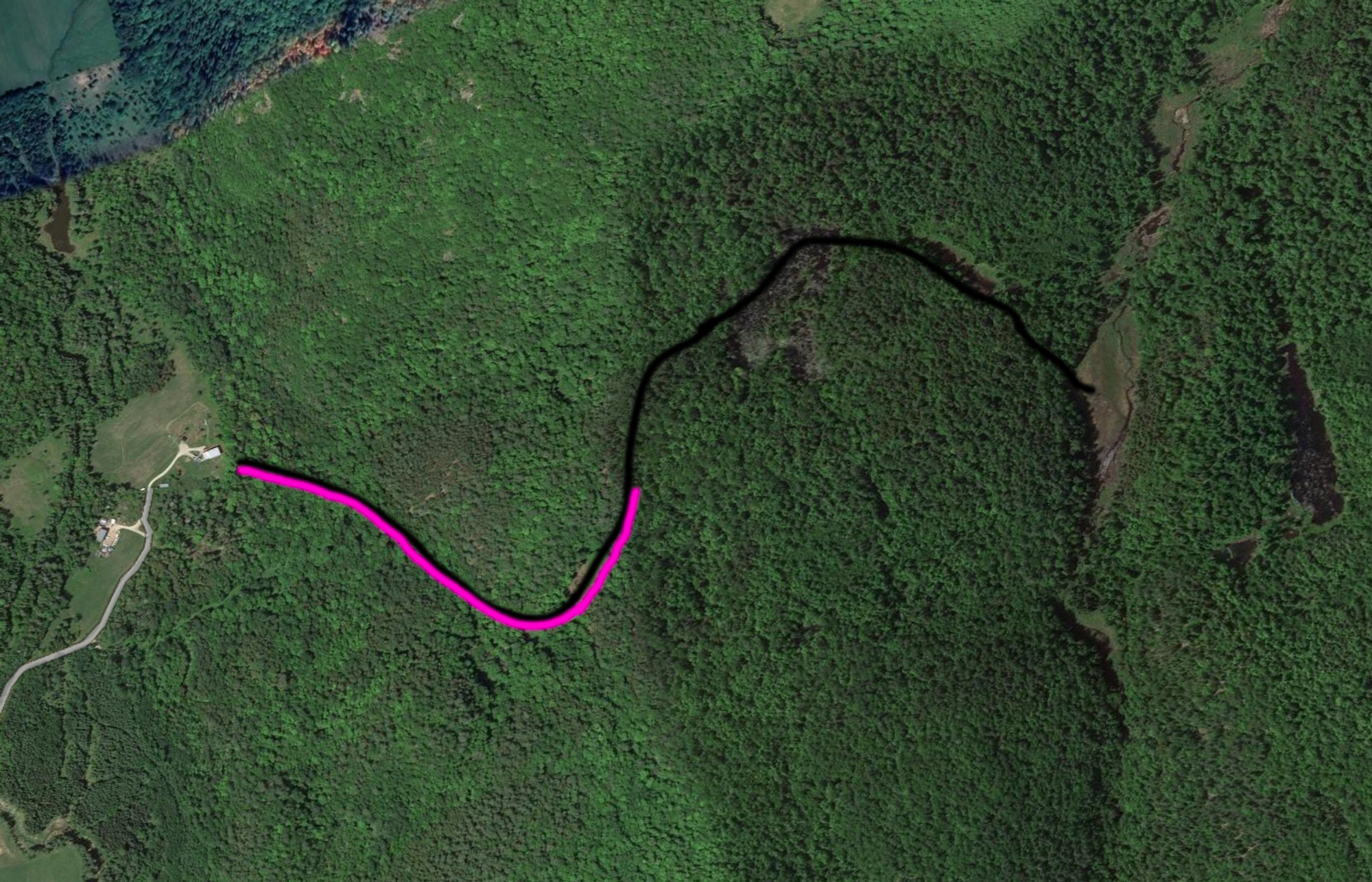Intelligent Terrain 2022 Residency feature: Tributaries | Dan Tapper
Overview
Tributaries is a modular installation inspired by water and movement. The output is performative and reconfigurable, ranging from VR experienced in the forest to large scale projections, online experiences and audio-visual performance.
This project is developed by one of the 3 residents of Intelligent Terrain residency in 2022.
Research and Explorations
Tributaries by Dan Tapper:
The development of this work was very fluid, not in the serene analogy of a calm body of water, but a trickling brook, scattered in multiple directions by boulders and debris.
Before visiting the residency site I had plans to use drones to create aerial performances inspired by hoaxed crop circles, land art, questionable science fiction and Jordan Peele movies. You can see my early thinking here.
These ideas melted away nearly as soon as I stepped foot on the Ferme Lanthorn property. There was forest and water and these enclosed, intimate but simultaneously vast spaces drew me much more than the open sky. I began to take daily trips up the river, seeing how far I could scramble over rocks, fallen branches, wading through tiny pools in search of higher ground and a possible source. I logged these excursions with 360 cameras and underwater microphones aiming to reconstitute and manipulate these spaces digitally, planning to eventually feed this artificially mediated nature back into it’s source environment through loudspeakers, screens and projectors.
As a piece of work Tributaries tries to digitally recreate the sense of calm and meditation I had on these excursions, I use Neural Radiance Fields (NeRF), an AI technique of digitally recreating spaces that academic papers say is:
*“a method that achieves state-of-the-art results for synthesizing novel views of complex scenes by optimizing an underlying continuous volumetric scene function using a sparse set of input views.” – https://www.matthewtancik.com/nerf*
But I like to think of as a tool for imagining light. NeRF outputs have a strangely realistic quality, combined with ethereal clouds of pixels – light sources and objects that struggled to be coaxed into shape by the AI.
In addition to NeRF I used other AI tools including stable diffusion and super resolution, working in a modular manner, processing content and feeding it back into different systems. These reconstituted AI spaces were combined with audio captured from around and in the river and 360 video footage to create an immersive space visualized through VR and projections in the forest.
On reflection it’s interesting to think about how closely some of the methods used in Tributaries link into an earlier body of sound art work and research called Sonic Geography (2013, 2017)
“Sonic Geography is a process of reinterpreting place by drawing connections between location, imagination and performance. Traversing and documenting the sonic properties of a landscape, creating abstract soundwalks and maps where significant objects warp the surrounding environment.”
The tools are different but the intent is the same.
I’m still thinking about the water at Ferme Lanthorn, hoping to learn more of it’s stories and some day map the river to it’s source.
This project is supported by Canada Council for the Arts

About Intelligent Terrain
UKAI Projects led a land-centered residency drawing on terrain near Wakefield, Quebec. During this residency, interdisciplinary artists individually and (where safe) collectively explored cognitive technology’s relationship to land and imagined approaches that bring us into a closer relationship with our environment while working toward the preservation of our world for future generations.
Read more about Intelligent Terrain here

